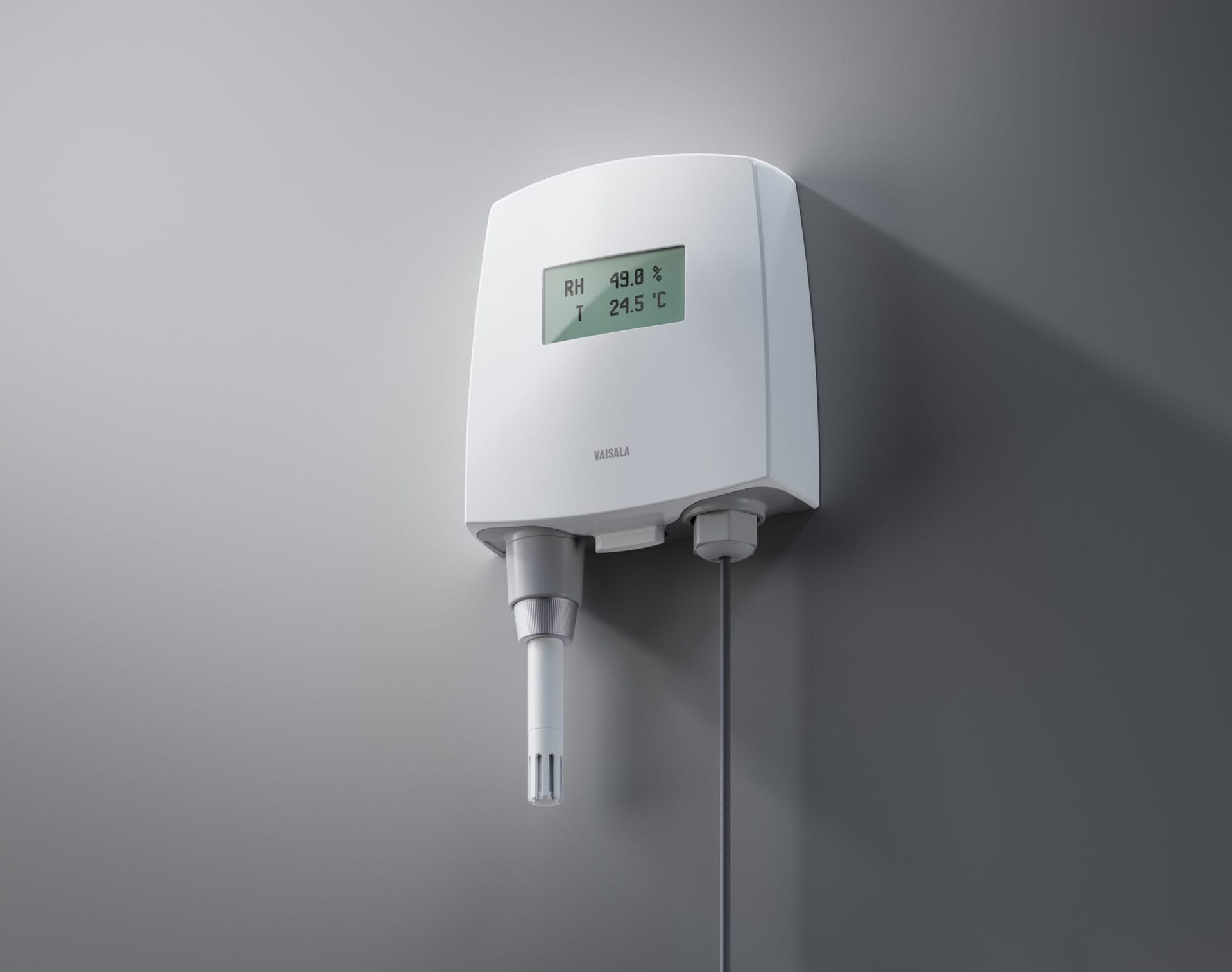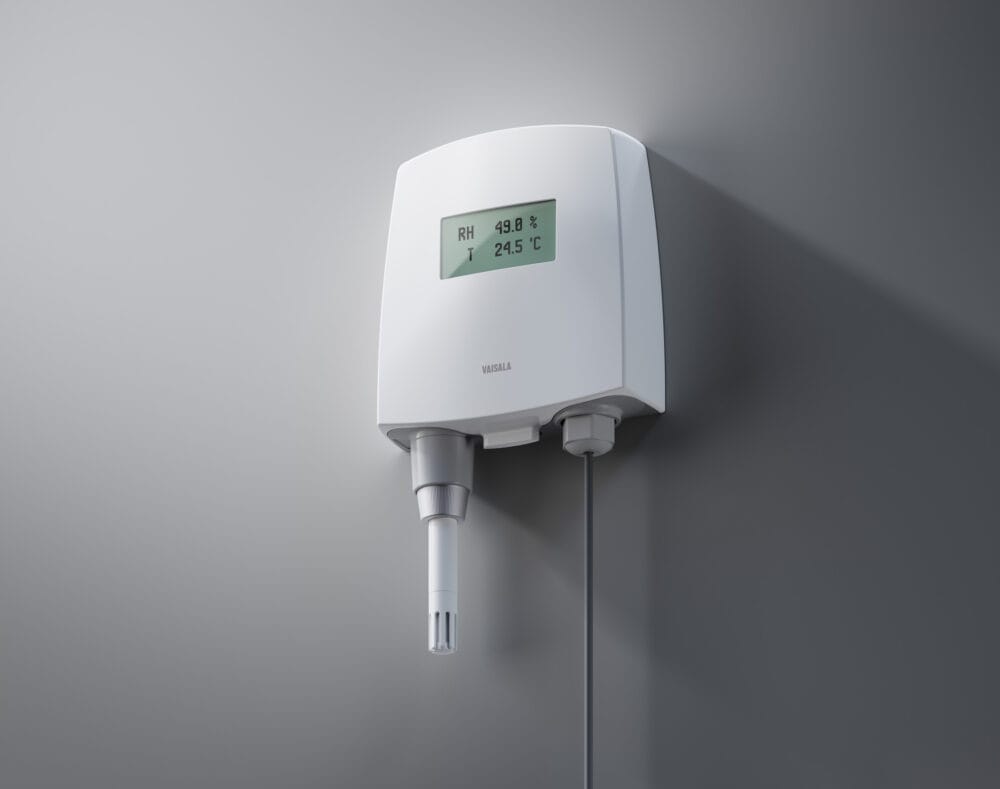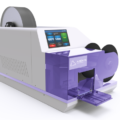Choosing the right HVAC sensors can have a significant impact on energy efficiency and power usage effectiveness (PUE). Anu Kätkä from the measurement technology company Vaisala believes that while sensor costs are relatively small, their impact on energy use can be disproportionately large, and in the following article, she explains why….
Small investment, big impact
According to the International Energy Agency, the operations of buildings account for 30% of global energy consumption and 26% of global energy-related emissions (8% being direct emissions in buildings and 18% indirect emissions from the production of electricity and heat used in buildings). This sector therefore represents an enormous opportunity in the fight against climate change, and one of the key issues is the accuracy of indoor and outdoor measurements, when managing indoor environments.
The cost of accurate sensing technologies is negligible in comparison with the magnitude of the cost savings and the climate-related importance of energy efficiency. This was highlighted at COP28, where the global community agreed to double energy efficiency measures by 2030.
It all starts with a sensor
Sensors and transmitters play an essential role in building automation and building management systems (BMS). Sensors are crucially important because everything the system does is based on measurements. The BMS monitors prevailing indoor and outdoor conditions through parameters such as temperature and humidity, and uses this data to manage the building as efficiently as possible. Precise indoor conditions can only be accurately maintained through accurate measurements that can be trusted to remain accurate throughout the life of the building.
Additional sensors may be necessary when a BMS is already in place and if there is a requirement to verify, monitor and optimise the building systems, or when a separate environmental monitoring system is required to monitor, map, and highlight trends. It may also be necessary to report to third parties, for example to show that service level requirements have been fulfilled.
Good HVAC measurements can reduce energy consumption, while inaccurate measurements can cause it to increase. For example, false high temperature readings can result in excessive cooling. This means more energy is being used, resulting in higher costs and greater CO2 emissions. False low readings might result in insufficient cooling, which increases discomfort and risk to IT equipment. Similarly, if air is too dry it can cause short circuits in IT equipment, and too much humidity can cause damage from condensation. Although the tolerances of electrical equipment have increased, the consequences of inaccurate measurements and unreliable building systems can be dramatic.

Choosing a sensor solution
There are several important criteria to consider when choosing a sensor solution, including reliability, stability, accuracy, and the varying requirements of different applications. Stability is the most important criterion; sensors must be accurate and reliable even in demanding environments, both now and in the long term. When buying sensors, the datasheets of different suppliers may state similar accuracies, but this does not provide insights or verification of sensor accuracy after one year, or a few years.
A low-quality sensor might break down faster, requiring maintenance or even replacement. However, a more serious risk is that the sensor might have drifted and be operating inaccurately without the user being aware. ‘Drift’ means that the measurement is no longer a valid input for the control system, and this can go undetected unless there is a visible consequence, like equipment being damaged by sub-optimal conditions.
All sensors drift, but some drift a lot or quickly, while others have good stability with minimal drifting; maintaining measurement accuracy for years. Therefore, the stability of sensors should be the most important factor to consider because it influences performance over a long time and is reflected in calibration and maintenance requirements.
In addition to good stability, high-quality instruments are also easy to maintain, calibrate, adjust, and fine-tune. Having convenient tools for verifying and maintaining sensors and transmitters enhances reliability and provides peace of mind throughout the life of the instrumentation.
Sophisticated transmitters are also capable of providing calculated parameters (such as humidity) straight from the transmitter, which also improves both reliability and the ease with which the system is commissioned. Other factors to consider include modularity, exchangeable probes, and convenience – installation and commissioning should be flexible, while calibration and maintenance should be as easy as possible. For example, a multi-use transmitter like the Vaisala HMT120 meets all of these requirements, allowing users to easily switch probes for calibration, for example. The measurement probe is either attached to the transmitter itself, or attached by a cable, so the transmitter can be somewhere easy to read while the measurement is close to the process it needs to measure.

Small inaccuracies lead to large costs
Vaisala participated in a trial to simulate how much more energy would be used if there was just one-degree of temperature measurement error, causing too much cooling in a datacentre. The results showed that this one-degree error increased energy consumption by more than 8.5%. With the size of datacentres and assuming the same deviation can occur over a decade, this seemingly tiny error translates into many millions of euros of extra costs, particularly if server uptime is affected.
Invest in long-term thinking
Cheaper sensors will require more maintenance and need replacing more often, but the invisible threat is that they may drift without users even realising, leading to sub-optimal indoor conditions and poor energy efficiency. It is wiser to think long-term over the sensor lifetime and to understand and compare the total cost of ownership – when it comes to stability of measurement, the comparative unit cost is only a small part of the story. Real lifetime value is obtained when a decision is made to invest in reliable, high-quality sensors that maintain their accuracy in the long-term.
The more critical the building, the more important the sensors. Minimising the total cost of ownership is different to minimising the cost of investment. High-quality sensors will last 15–20 years, so it is worth purchasing those that maintain their accuracy over time and are designed for effortless calibration and maintenance. This will help to keep the facility running optimally, saving energy, saving money and improving the sustainability of the business.








